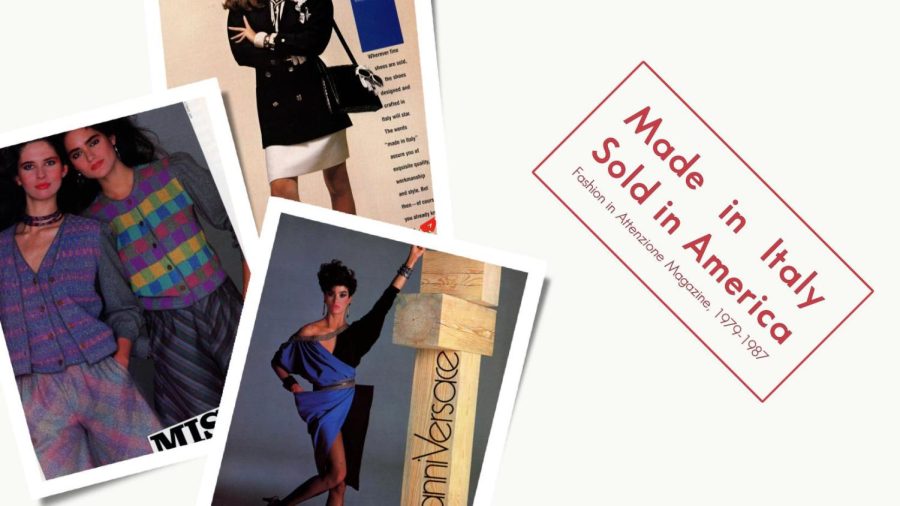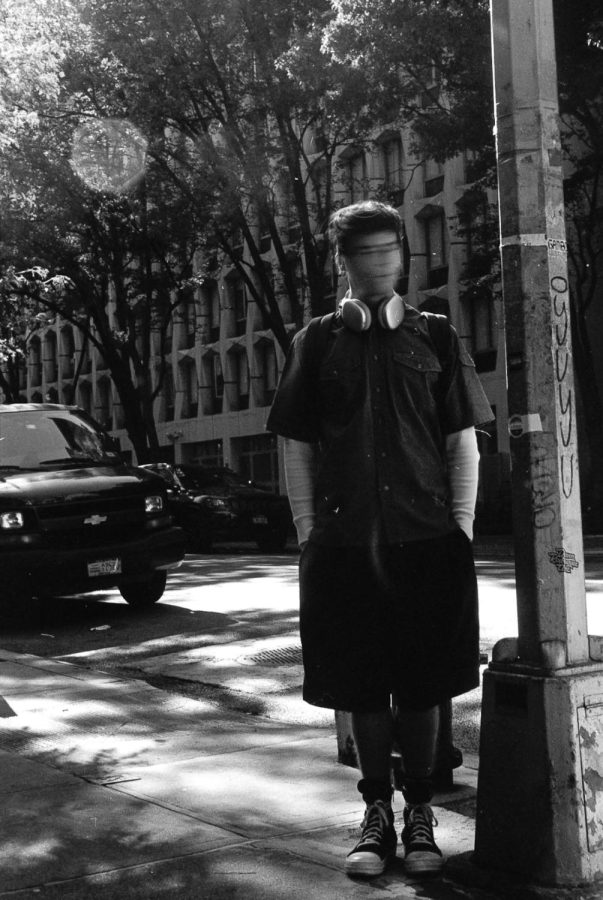
On March 1, 2024, beloved fashion and interior designer Iris Apfel passed away at her home in Palm Beach at 102. The fashionista was a pioneer for her eccentric style along with her iconic work within the textile and interior design industry. While her death devastated those who have greatly admired her, people still remember her life and work.
Apfel was born Iris Barrel in Queens, New York, on August 21, 1921. Raised in Queens by her parents and grandparents, she loved to take the train to Manhattan and visit Greenwich Village in her free time. From a young age, Apfel loved visiting antique jewelry shops, prompting her extensive jewelry collection worldwide. During the Great Depression, her family was lucky enough to still have access to sewing, draping, gluing and painting so Apfel could style and learn how to create clothing despite having little funds.
Apfel attended New York University, earning a degree in Art History before attending art school at The University of Wisconsin. After university, she worked as an interior designer in New York City and a copywriter for Womenʼs Wear Daily for $15 an hour.
Apfel married her husband, Carl Apfel, in 1948. Shortly after, they opened Old World Weavers, a textile business together. They explored the world for different furniture and fabrics for their designs, met potential customers and restored antique fabrics. After opening up her business, Apfel’s designs appealed to many due to her choices of using traditional textures, like silk, with striking colors and patterns.
In the 1960s, “Tigreˮ was released by Old World Weavers, a fabric with a beautiful tiger print handwoven with velvet silks. Apfel later transformed the piece into a coat and gave it to the Peabody Essex Museum in Salem, Massachusetts, which contains many of the Apfelsʼ clothes. Their clothes and furniture appealed to many as luxurious due to their high-quality fabrics and textiles; the Apfels even refurbished the White House under nine presidents.
Old World Weavers was sold to the Scalamandré textile group in the 1990s, but the Apfels remained involved in the company’s success.
In 2005, The Metropolitan Museum of Art Costume Institute hosted a show about her work entitled “Rara Avis: Selections from the Iris Apfel Collection.ˮ Rara Avis is Latin for “rare bird.ˮ
Apfelʼs fame skyrocketed afterward, as the museum applauded her “both witty and exuberantly idiosyncratic style.” As an 80-year-old, Apfel was finally recognized as a style icon worldwide. After the success of the exhibit, Apfel gained a large following on social media, a Barbie doll created by Mattel was released in her honor and the fashion designer appeared in a documentary about her fruitful career entitled “Iris,” directed by Albert Maysles.
In later years, Apfel worked on many campaigns for beauty and fashion companies like H&M and MAC and created her own fashion and furniture lines. Her impact shined throughout many businesses and companies due to her design choices. Iris Apfel’s impact penetrated New York fashion and style, from her adventures in Greenwich Village to seeing her works in museums.
As Apfel once emphasized, “Great personal style is an extreme curiosity about yourself.” Iris Apfel deserves her flowers for her crazy, colorful style, encouraging self-discovery and individuality. Apfel influenced the appreciation for flamboyant fashion and interior design and advocated for those who went against society’s brutal fashion standards. In Apfelʼs perspective, not everyone can have style because it is a lifestyle rather than a talent. In the bustling, diverse city of New York City, Apfel encouraged people to dress how they want rather than what others will approve of, which is the true spirit of New York fashion.

















